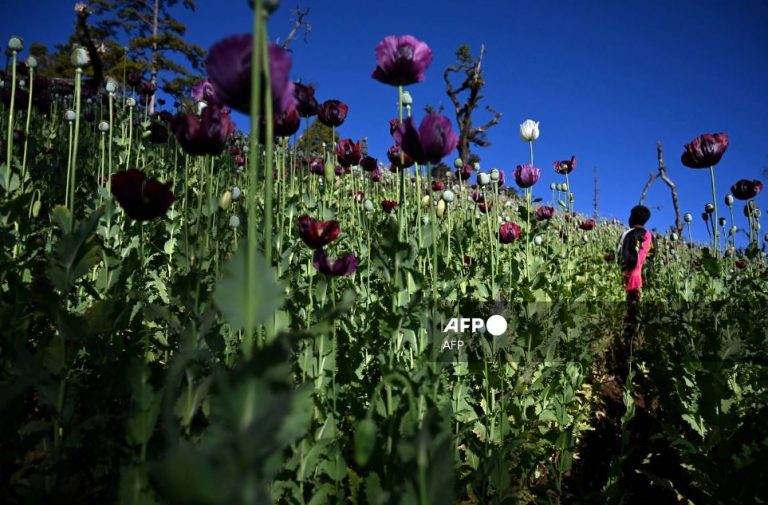In a recent report, the United Nations revealed that Myanmar has surpassed Afghanistan as the world’s largest opium producer in 2023.
This shift occurred following the Taliban government’s crackdown on the opium trade in Afghanistan. Myanmar’s opium production is estimated at 1,080 metric tonnes this year, contributing to an opiate economy valued between $1 billion and $2.4 billion, equivalent to 1.7 to 4.1 percent of the country’s 2022 GDP.
The “Golden Triangle” region, encompassing Myanmar, Laos, and Thailand, has long been associated with illegal drug production, particularly methamphetamine and opium. Myanmar’s conflict-ridden legal economy, coupled with poor market access and inflation, has driven farmers toward cultivating poppy. The UNODC report highlights a significant increase in opium production for 2022-23, reaching its highest level in over two decades.
 The cultivation in Myanmar appears to be growing more sophisticated, with increased investment and improved practices. Meanwhile, Afghanistan, once the leading producer, experienced a 95 percent drop in opium production due to the Taliban’s ban on poppy cultivation. The report also notes increased
The cultivation in Myanmar appears to be growing more sophisticated, with increased investment and improved practices. Meanwhile, Afghanistan, once the leading producer, experienced a 95 percent drop in opium production due to the Taliban’s ban on poppy cultivation. The report also notes increased
cultivation in Myanmar’s Shan state, particularly in areas affected by recent conflicts. The military junta’s control since 2021 and a lack of serious efforts to combat the opium trade contribute to the ongoing challenges in Myanmar.






















